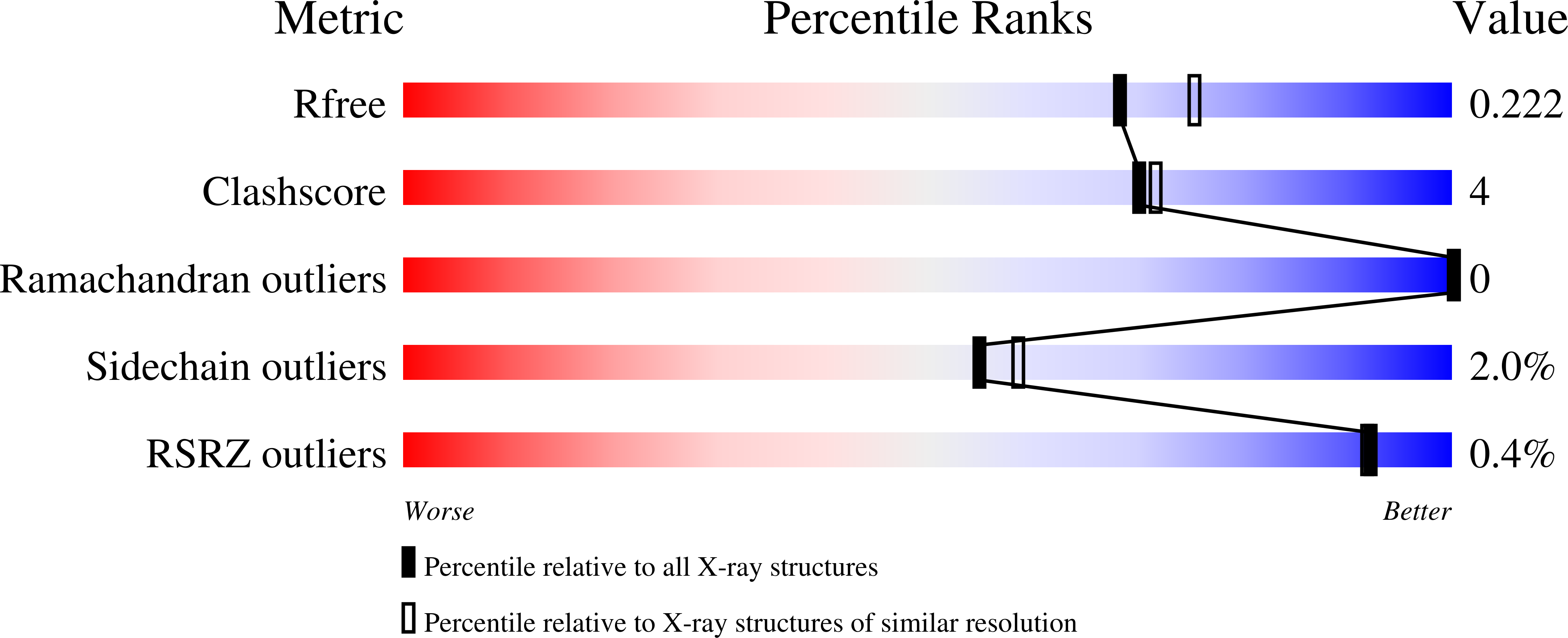
Deposition Date
2019-02-21
Release Date
2020-01-29
Last Version Date
2024-01-24
Entry Detail
PDB ID:
6QSQ
Keywords:
Title:
X-ray crystal structure of the R336L Vibrio alkaline phosphatase variant.
Biological Source:
Source Organism:
Vibrio splendidus (Taxon ID: 29497)
Host Organism:
Method Details:
Experimental Method:
Resolution:
2.00 Å
R-Value Free:
0.21
R-Value Work:
0.16
R-Value Observed:
0.17
Space Group:
C 2 2 21


